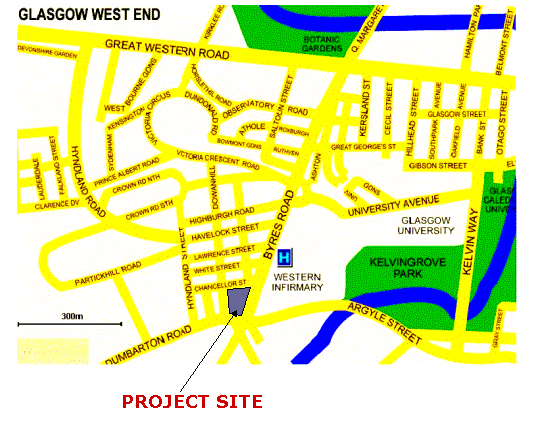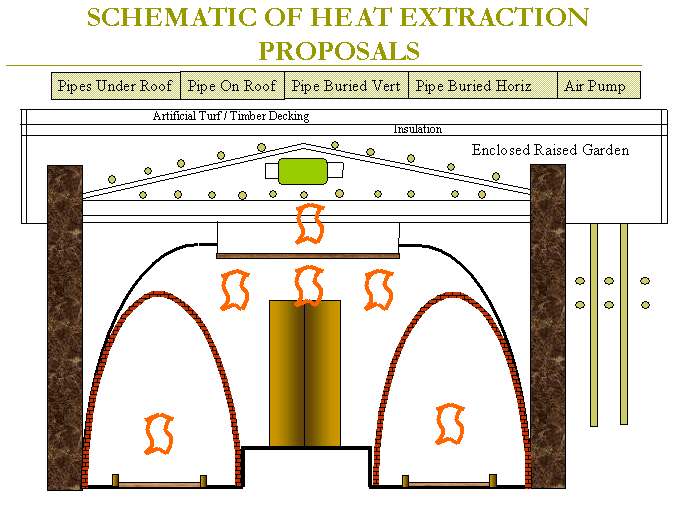
To explore the feasibility of using heat pumps in an urban environment. In particular to examine the technology currently available and the economic considerations.
Nationality: Indian
D.o.B.: 15th May 1967
Languages: Malayalam,Hindi,English
Education:
MSc Mechanical Engineering & Materials,
University of Strathclyde
B.Tech. Mechanical Engineering,
Mahatma Gandhi University, India
Work Experience:
National Ship Design and Research Centre,India
Senior Designer
Saudi Services and Operating CO.Riyadh, Saudi Arabia
Mechanical Engineer
Email: abbassini@hotmail.com

Nationality: Indian
D.o.B.: 23 Dec 1972
Languages: Bengali, English
Education:
MSc Energy Systems & the Environment,2002,
University of Strathclyde
B.Tech Chemical Engineering, Calcutta University
Work Experience:
Environmental Engineering, Consulting Engineering Services (I) Ltd. India
Email: nupur_sengupta@rediffmail.com

Nationality: British
D.o.B.: 28th November 1972
Languages: English, French, Spanish
Education:
MSc Chemical Processing Sustainable Engineering,
Oct. 2001 – Present,
University of Strathclyde
BSc (Hons.) Industrial Chemistry,
University of Paisley
Work Experience:
Pharmaceuticals,SmithKline Beecham.
Environmental chemistry, S.E.P.A. (Scottish Environment Protection Agency).
Organic chemistry, University of Strathclyde.
Email: sam1_007@hotmail.com

Nationality: Malaysian
D.o.B.: 4/11/71
Languages: Malay, English, Arabic
Education:
MSc Mechanical Engineering & Materials,
Oct. 2001 – Present,
University of Strathclyde
B.Eng (Hons) Mechanical Engineering,
July 1990 - Apr 1994,
University of Science Malaysia
Work
Experience:
Motorola Technology Malaysia Pte. Ltd.,
Senior Staff Engineer in Research & Development.
Baxter Healthcare Malaysia Pte. Ltd.,
Engineer in Quality Assurance Department.
VDO Instrument (M) PTE. Ltd.,
Intern in Production Engineering Department
Process Engineering, Production Dept. Motorola.
Email: feizaly@yahoo.com
In this project we have chosen a new development at Dalcross Pass for the heat pump application.
Our team was lucky enough to be offered the opportunity to work on a live project in Glasgow's West End. Partick housing are proposing to build a residential block of apartments and an office block on Dalcross Street above Kelvinhall Underground station. Working with Neil Philips from the Wisegroup we were approached to conduct a renewable energy feasibility study for the site to determine how much of the buildings heating requirements could be generated using a heat pump.

These pictures show two views of the proposed site. The first picture is a view from the side
gate
showing part of the back entrance to the underground on the right and the small, dark building
far left is the emergency exit from the underground. The proposed developement will be no
higher than the buildings shown in the background. The second picture is a close up of the station roof.



The system was divided into 2 zones: Office complex and Residential complex. These were then split into two categories for calculation: space heating and domestic hot water (DHW) heating. In order to find the most feasible option an estimation of the design heat load for each building was compiled and this was compared with the approximate amount of energy that could be extracted from the area available.

Above is our impression on the future development at Dalcross Pass based on our discussion and explanation from the site developer. The Underground station roof is shown enclosed under the raised garden, potentially constructed from wood. This raised garden will be at the same level as the ground floor of the office and tenement buildings. According to the site developer, the garden will be landscaped to provide a communal area.

The above picture shows a plan of the site detailing the position of both the residential and office buildings. The shaded area between the two buildings contains the station roof around which it is proposed to position the heat extraction pipes.

The construction of the station roof was also inspected from the inside. As you walk down the stairs into the station the sensation of warm air flowing past, caused by the movement of the trains, was easily noticed. The above view shows the two train tracks on the left and right which have train making the CW and CCW movement around the city of Glasgow. There is a false roof in the shape of an arch most probably made of metal or plastic cladded material. Right above the passenger’s walkway, there is a wood spaced ceiling to conceal electrical wiring and support the beam for lighting.

This shows the sectional view of the Underground station. The most important point in designing the Heat Pump system is determining the source of low grade energy that can be extracted. In this particular study, we have identified the Underground station as a source of low grade heat as well as the surrounding earth. The innovation of the project lies in the heat extraction mechanism. As the area available for heat extraction is limited, the Underground heat generated by the train movement could become the main source of heat extractable.

The above diagram shows the various heat extraction methods possible for the Dalcross Street project. The first has the pipes laid under the roof, the second, has the pipes on top of the station roof, the 3rd option is to have the pipes buried in vertical boreholes in the ground beside the underground tunnels, while the 4th is to have the pipes buried in a horizontal trench and finally, to use a pump to blow warm the air from the Underground tunnel directly to a heat exchanger in the Heat Pump system.